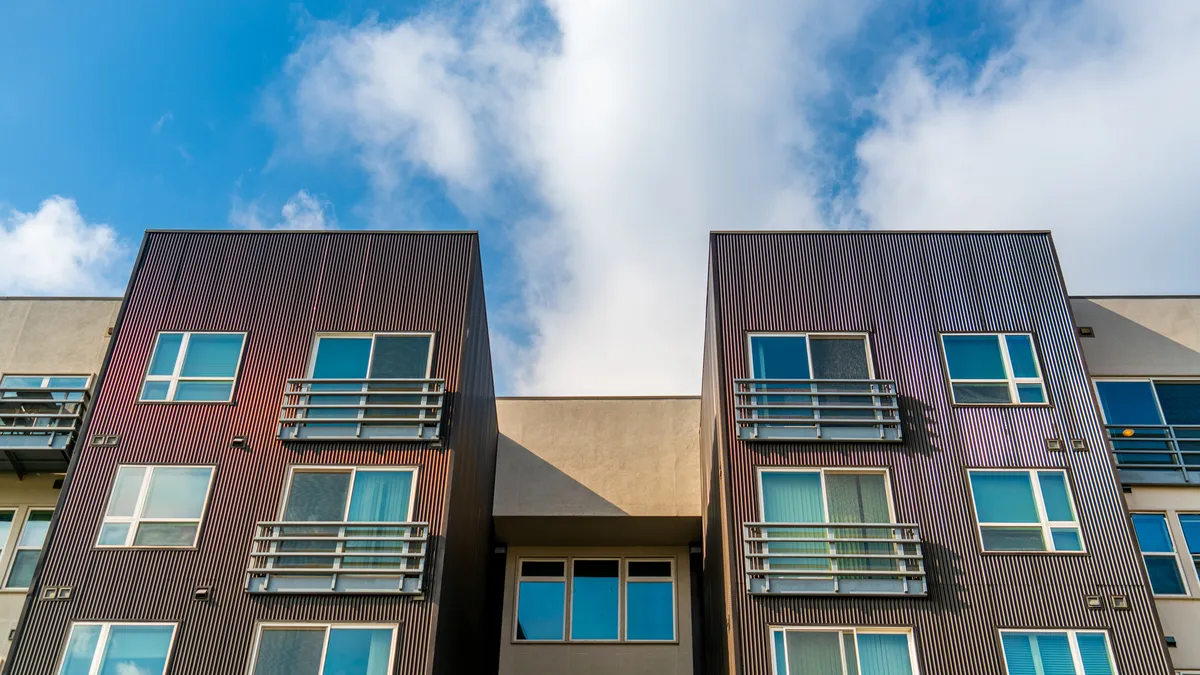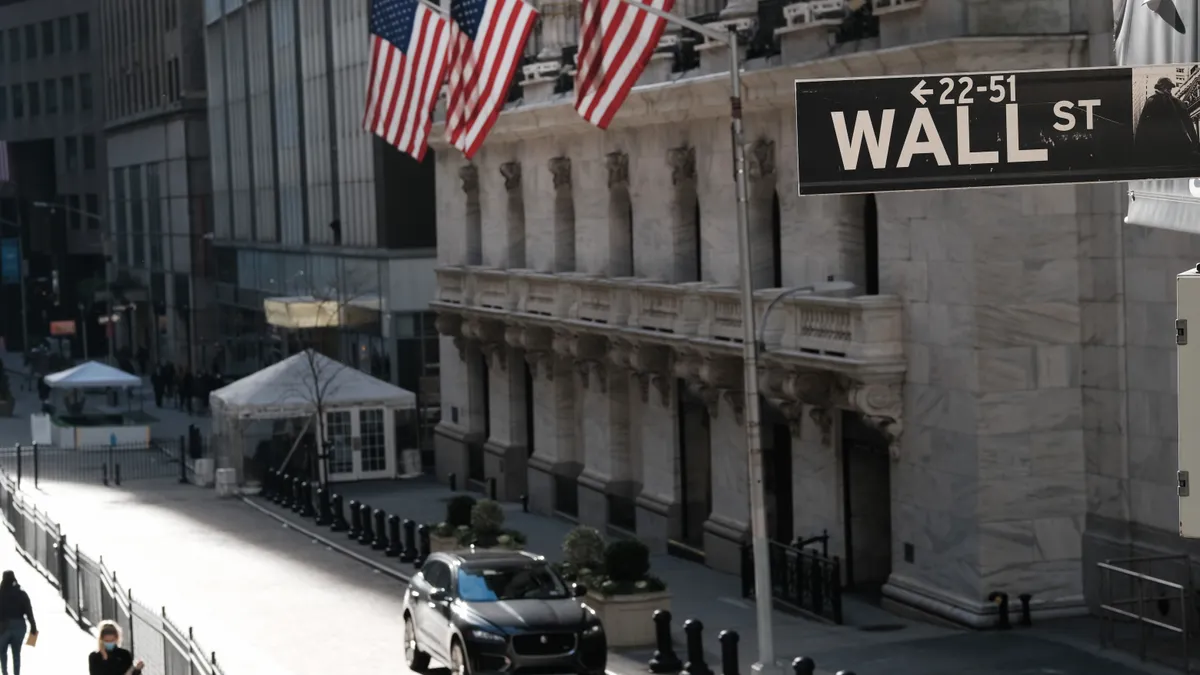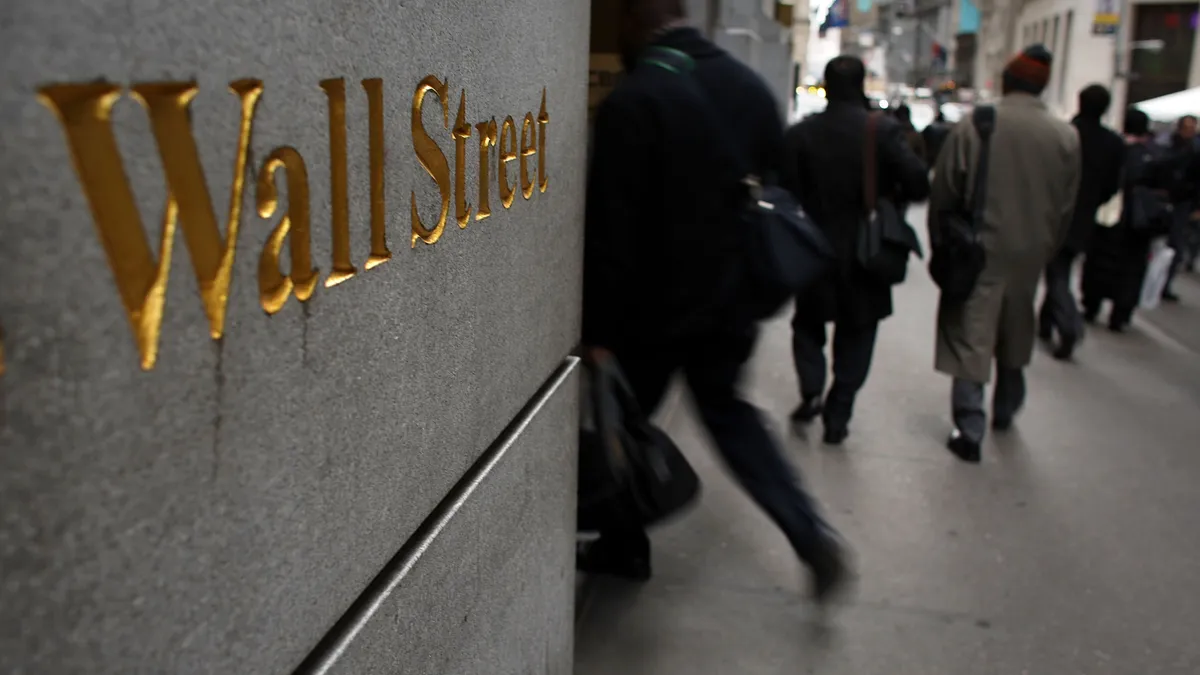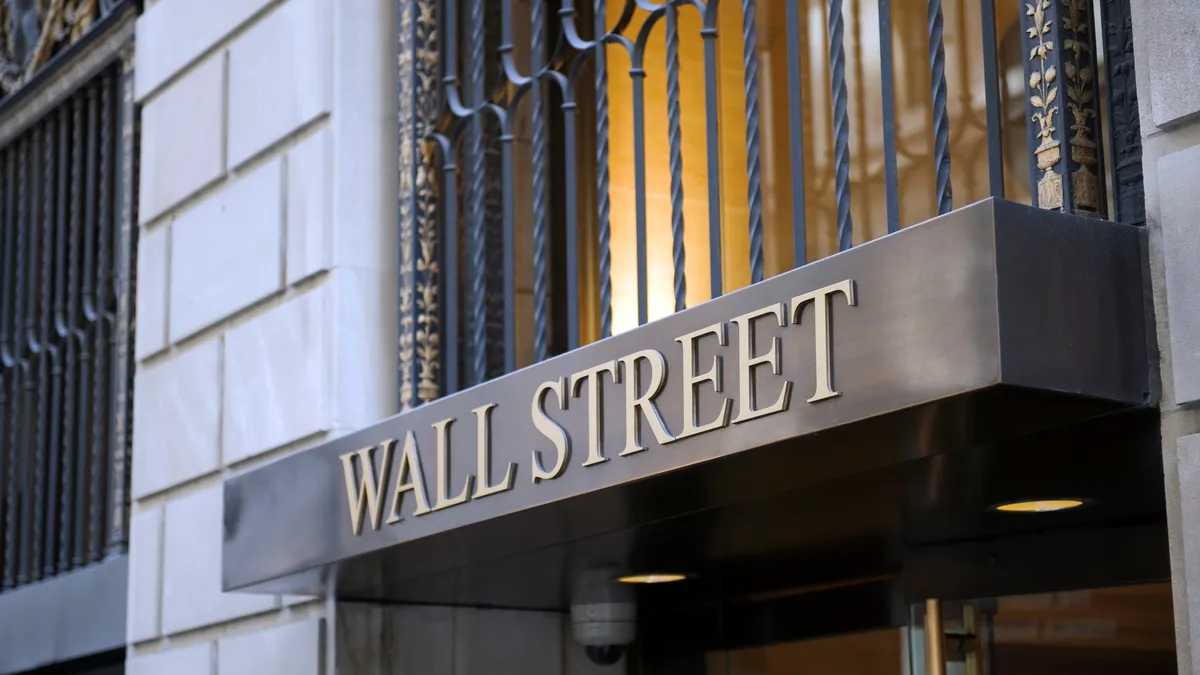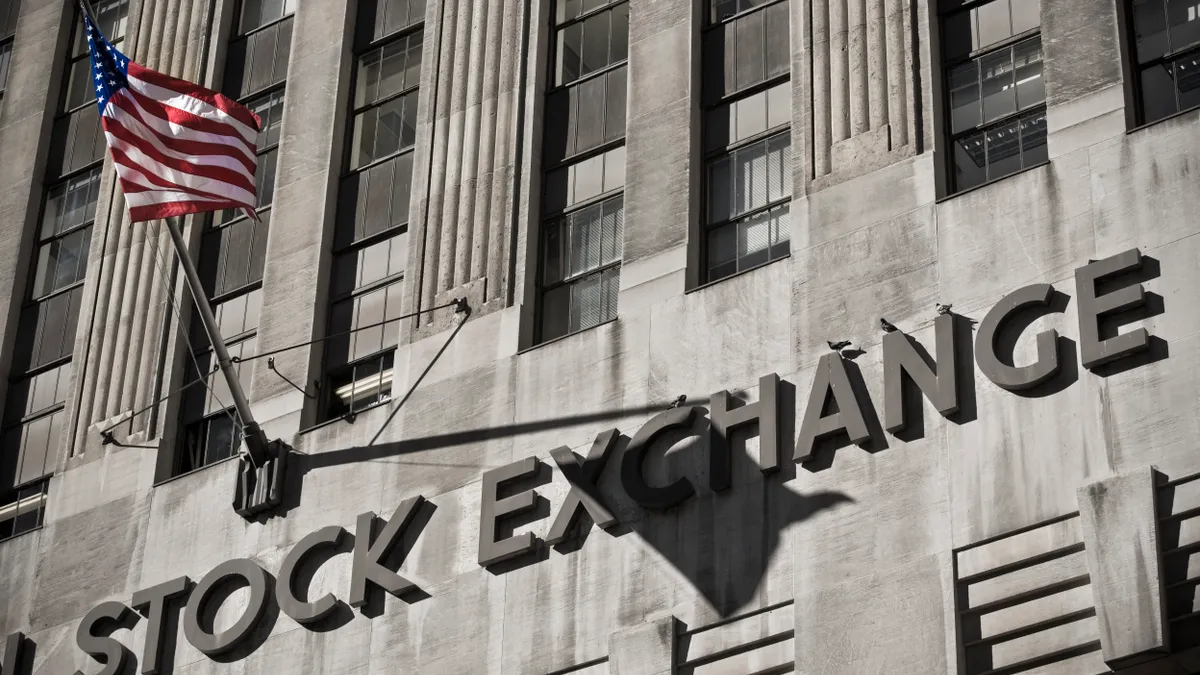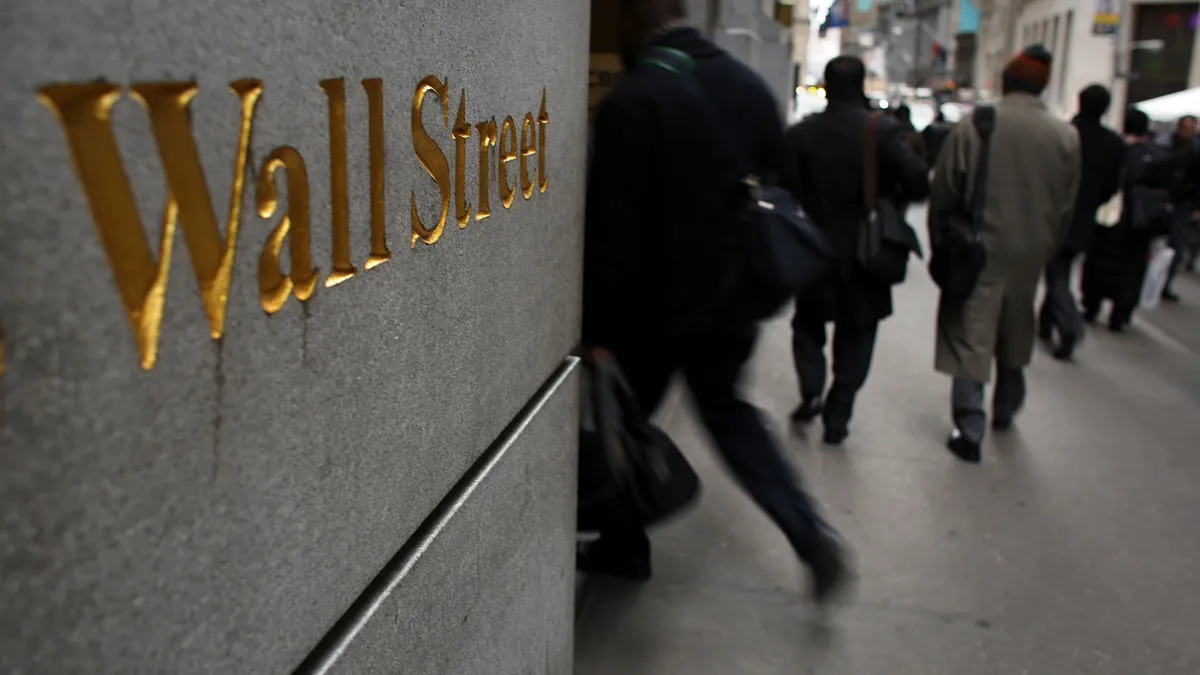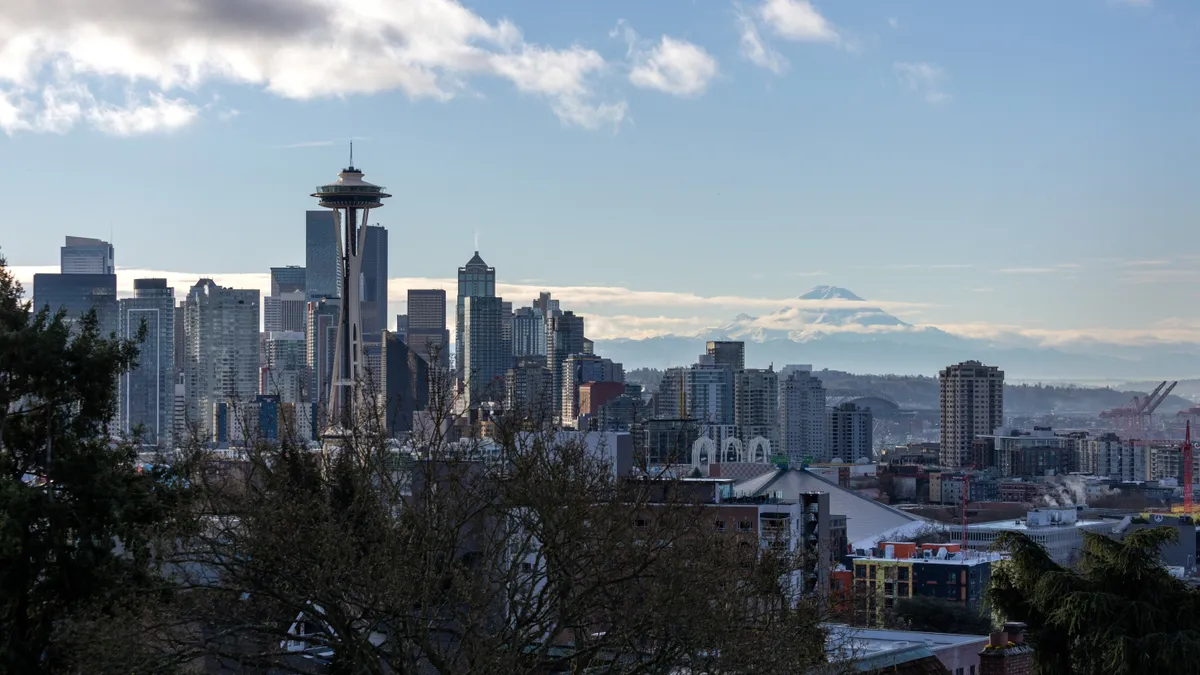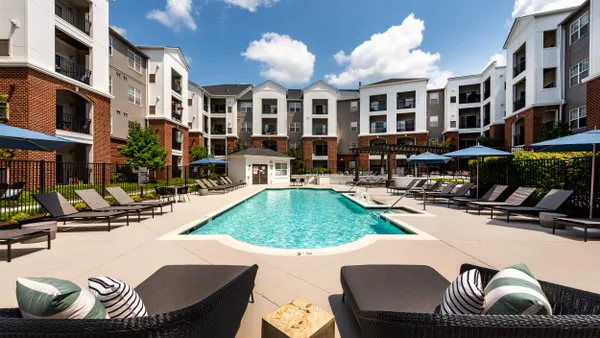MAA CEO Eric Bolton has been anticipating increased new supply in Sun Belt markets for a while now. He also figured that job growth and in-migration to his core metros would continue, providing some buffer against increased competition from deliveries.
“We have seen some moderation in 2024 as compared to 2023 and 2022, but, broadly speaking, we've long believed that these Sun Belt markets had underpinnings associated with them surrounding employer stability and job growth,” Bolton said on the Memphis-based REIT’s first-quarter earnings call earlier this month.
What Bolton and his management didn’t anticipate was that many of his residents would decide to stay in MAA’s apartments instead of buying homes. However, as interest rates have made ownership unaffordable for many Americans, retention has risen for apartment REITs.
“What has probably been, frankly, more surprising for us [than job growth] is just what's happening in terms of our resident behavior surrounding move-outs to buying a home,” Bolton said. “The real decline in people leaving to go buy a home and the resulting impact that has on demand has probably been the more surprising factor in our thinking about demand projections.”
However, with even fewer move-outs to own homes, MAA faced headwinds from new supply in Q1, pushing its same-store net operating income into negative territory. Here are three other takeaways from MAA’s earnings release and call with analysts:
Supply impacts new rents
MAA’s results generally aligned with its Q1 expectations, as new supply affects performance. “Pricing trends for new resident move-ins continue to reflect the impact from new supply delivering in several of our markets,” Bolton said.
Deliveries pushed new lease rents down 6.2% year over year in Q1, but MAA’s renewal prices grew 5%. Since Q1 is normally a slow time of year, the REIT intentionally repriced less than 20% of its leases.
“The new lease renewal pricing resulted in blended lease-over-lease pricing of negative 0.6% for the quarter, an improvement of 100 basis points from the fourth quarter,” said Tim Argo, MAA’s chief strategy and analysis officer, on the earnings call.
BY THE NUMBERS
| Category | Q1 | YOY Change |
| Property revenues | $519.6 million | 1.4% |
| Net operating income | $334.6 million | -0.7% |
| Operating expenses | $185.0 million | 5.4% |
| Funds from operations | $2.41 | 4.3% |
| Rent per unit | $1,690 | 1.5% |
| Occupancy rate | 95.3% | -20 bps |
SOURCE: MAA
MAA’s occupancy stood at 95.3% in Q1, and its collections outperformed expectations, with net delinquency representing less than 0.4% of build rents, the company said. Overall, it produced 1.4% revenue growth.
“From a market perspective, in the first quarter, larger markets, such as the Washington, D.C., metro area and Houston, continue to hold up well, and Nashville showed improvement,” Argo said.
MAA’s mid-tier metros Savannah, Georgia; Richmond, Virginia; and Charleston and Greenville, South Carolina, outperformed “the broader portfolio from a blended lease-over-lease pricing standpoint,” according to Argo.
External growth
Like their REIT peers, MAA’s management team noted the difficulty of adding to the firm’s portfolio through acquisitions. But MAA’s President and Chief Investment Officer Brad Hill said he was seeing signs of improvement, which could help the company reach its goal of roughly $400 million in acquisitions this year.
“Just looking at our underwriting on deals that we've reviewed, the volume is up,” Hill said. “There's more coming out. There's more in the market right now.”
MAA’s track record of buying and selling properties in the Sun Belt over the last 30 years should help it secure deals once they come to market, according to Hill. Recently, MAA used its connections to buy an off-market 306-unit suburban property in Raleigh, North Carolina, for $81 million.
“This newly constructed property is currently in its initial lease-up at 49% occupancy and is expected to stabilize in mid to late 2025,” Hill said.
MAA has bought almost $2 billion in apartments from merchant developers over the past decade, which should be beneficial as it delivers new properties. “We have a very good relationship with all of those folks,” Hill said. “And we think that will lead to additional opportunities as we go through the year.”
Development opportunities
In Q1, MAA started construction on a 302-unit development in Charlotte, North Carolina, and it expects to break dirt in Q2 on a 345-unit project in the Phoenix metro area. “Both projects are expected to deliver first units by mid-2026 and deliver stabilized NOI yields in the mid-6% range, consistent with what we are achieving on our current developments that are leasing,” Hill said.
MAA funded approximately $44 million of development in Q1. Its current pipeline has 2,617 units at a total cost of roughly $866 million.
“We have a pipeline of projects that we could start and really deliver value over the next couple of years,” Hill said. “Really, what's preventing us from doing that, more broadly, has just been hitting the returns that we need on our developments.”
MAA expects to start two more projects in Q2, with yields estimated at roughly 6.5%, as conditions for new development are improving.
“While we have not seen a broad reduction in construction costs, encouragingly, we have achieved some level of reduction on our recent pricing, supporting our ability to start construction on these projects,” Hill said. “We have seen better subcontractor bid participation, which we expect to lead to better execution with stronger subs throughout the construction process for our new starts.”
Click here to sign up to receive multifamily and apartment news like this article in your inbox every weekday.





